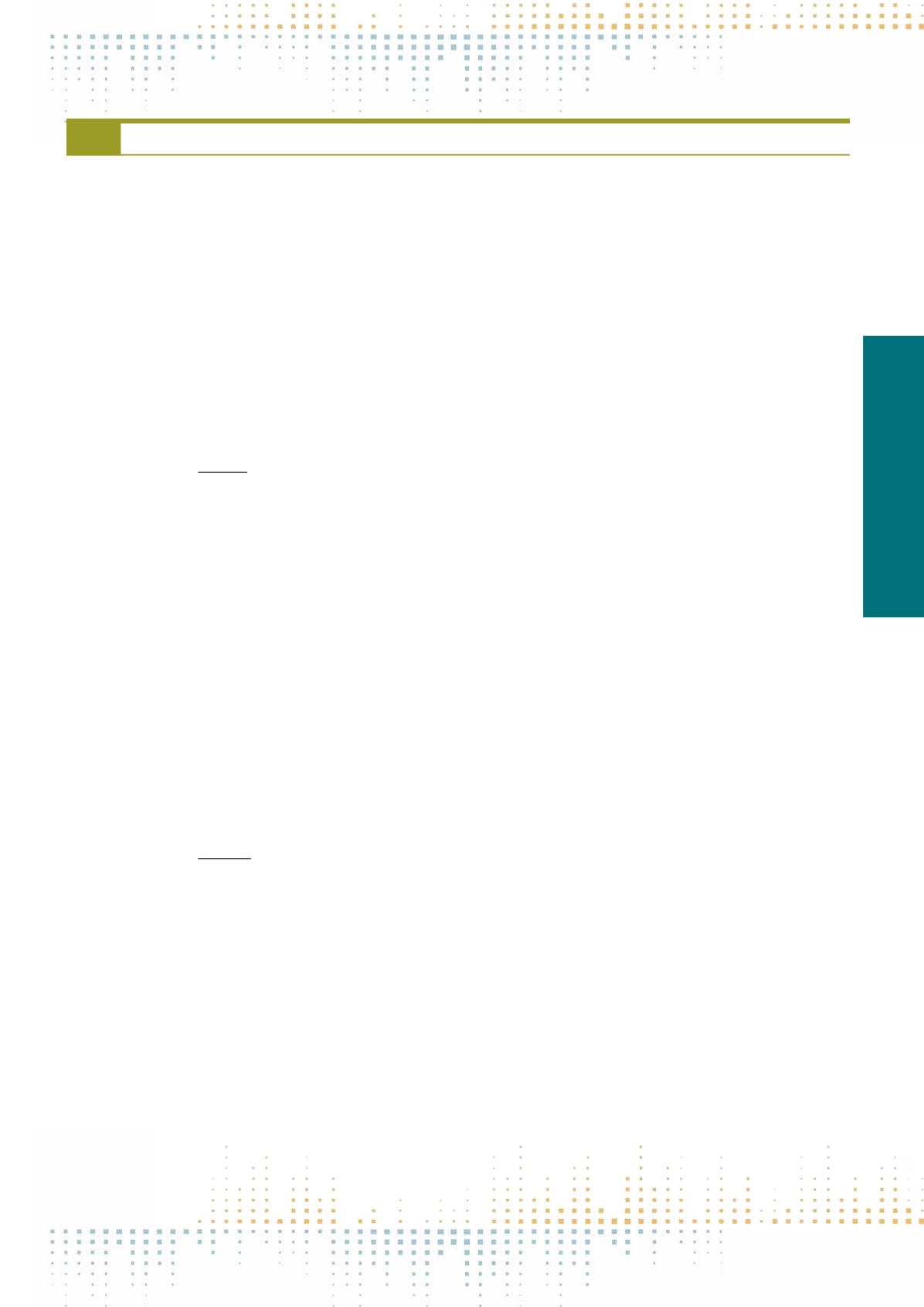

591
Friday, November 11
1 6 : 0 0 – 1 7 : 3 0
TVS02
NewApproaches to TelevisionHistory: Transnational, Comparative, Global
S. Mihelj
1
1
Loughborough University, Social Sciences, Loughborough, United Kingdom
Over the past decade and a half, the field of television history has undergone a number of transformations. Along with other communication and media
scholars, television historians sought to tackle the inherent nationalist bias of their work, and move beyond the taken-for-granted national frameworks
of research and interpretation. Aligned with this was a push to abandon the west-centrism of existing research, and seek to develop television histories that
were truly global in scope. Comparative approaches have gained in momentum, too, and so did research interested in the transnational circuits of television
personnel, technology, knowhow, and programmes. These changes have given rise to a number of different methodological and theoretical proposals,
which are rarely scrutinised alongside one another. This panel seeks to review recent developments in the field of television history and engender a con‑
versation about different approaches to the history of television, and their relative strengths and weaknesses. It brings together both established and early
career scholars with different regional specialisms, and from a number of different disciplinary backgrounds. Each contribution seeks to present one distinct
approach to transnational or global television history, and demonstrates its usefulness using a number of examples. The contributions also invite reflection
on what the recent diversification of television history means for the way we theorise television more generally. Many of the classic theories of television
have been developed with western examples in mind, and indeed most often based on research conducted exclusively in the UK and the US. The growing
awareness of the diverse historical trajectories of television around the world means that these classic theories may need revising, too.
PN 201
The Global Formatting of the Audience: The Rise of the Peoplemeter in the 1980s and the 1990s
S. Mihelj
1
, J. Bourdon
2
, C. Maedel
3
1
Loughborough University, Social Sciences, Loughborough, United Kingdom
2
Tel Aviv University, Communication Studies, Tel Aviv, Israel
3
Paris 2 University - Mines ParisTech, Center for the Sociology of Innovation, Paris, France
Our paper will retrace and explain the rise of a tool that has changed the way television professionals perceive their audiences: the peoplemeter (PM).
The paper relies on first-hand research by the authors in France and Israel and on secondary research in eight other major television markets. Between
the mid-1980s, when the peoplemeter was conceived and slowly introduced in the UK and in Italy, up to this day when at least 90 countries have introduced
the device, the peoplemeter has become the (yet) uncontested “state of the art” technology for television audience measurement. In addition, in most
countries, the PM was managed by a committee of (public and private) broadcasters and advertisers, mostly known (from the UK) as a“Joint Industry Com‑
mittee”, the US being a notable exception. While the globalization of television in the same period has been much studied, mainly around the circulation
of genres, formats, and programing strategies, this new “formatting of the audience” has not been considered, or has been approach only on a national
basis. Our paper is based on Actor-Network-Theory and suggests that the PM was introduced as “state of the art”technology not because of any “intrinsic”
qualities which made it the “best” tool (as opposed, say, to Viewing Diaries), but because it could enroll many allies. Most obvious is the alliance between
the (mostly) new private broadcasters and the advertisers, both eager to remove audience measurement from the control of public broadcasters and move
to a system which would allow much faster feedback, on an individual basis. However, tensions emerged between private broadcasters and advertisers
about the financing of the system and its implementation. In some countries, public broadcasters kept more influence, which affected the composition
of the JIC and measurement conventions. Finally, the State did not disappear from measurement. As regulator, it encouraged the unification of the system,
which would allow for fast individual measurement, the peoplemeter. For all the problems raised by the transformation of television and the rise of the net,
no state-of-the-art technology has been proposed around the stable“peoplemeter coalition”which emerged in the 1980s and the 1990s.
PN 202
From Comparing Media Systems to Comparing Media Cultures: Understanding Communist Television
S. Mihelj
1
, S. Huxtable
1
1
Loughborough University, Social Sciences, Loughborough, United Kingdom
The Cold War coincided with the rise of a new mass medium that came to occupy a central place in everyday lives of citizens on both sides of the Iron
Curtain. While the historical growth and social impact of television in the west has attracted substantial scholarly attention, research on the medium’s
trajectory in the communist world is still rather limited. This paper draws on the results of the Screening Socialism project, financed by the Leverhulme
Trust (2013–2016), which developed the first transnational, comparative history of television beyond the Iron Curtain, ranging from the Soviet Union to
Yugoslavia. The project relied on a wealth of archival and oral history data from across Eastern Europe and beyond, as well as schedule and programme
analysis, thereby bringing to light not only the policies and elite perspectives on the medium, but also offering unique insight into television programming
and how the medium was viewed by citizens themselves. The focus of the paper is on the analytical framework developed for the purpose of the project.
This framework offers a novel form of comparative media analysis, which shifts the focus from media systems to media cultures, and investigates how
power is exercised through the mediation of particular cultural ideals and narratives and by structuring everyday practices and routines. This analytical
approach is underpinned by the conviction that politically significant communication extends well beyond the traditional domains of politics, and encom‑
passes the mediation of basic assumptions about the spatial and temporal organization of the world we inhabit: our perceptions of private and public life,



















